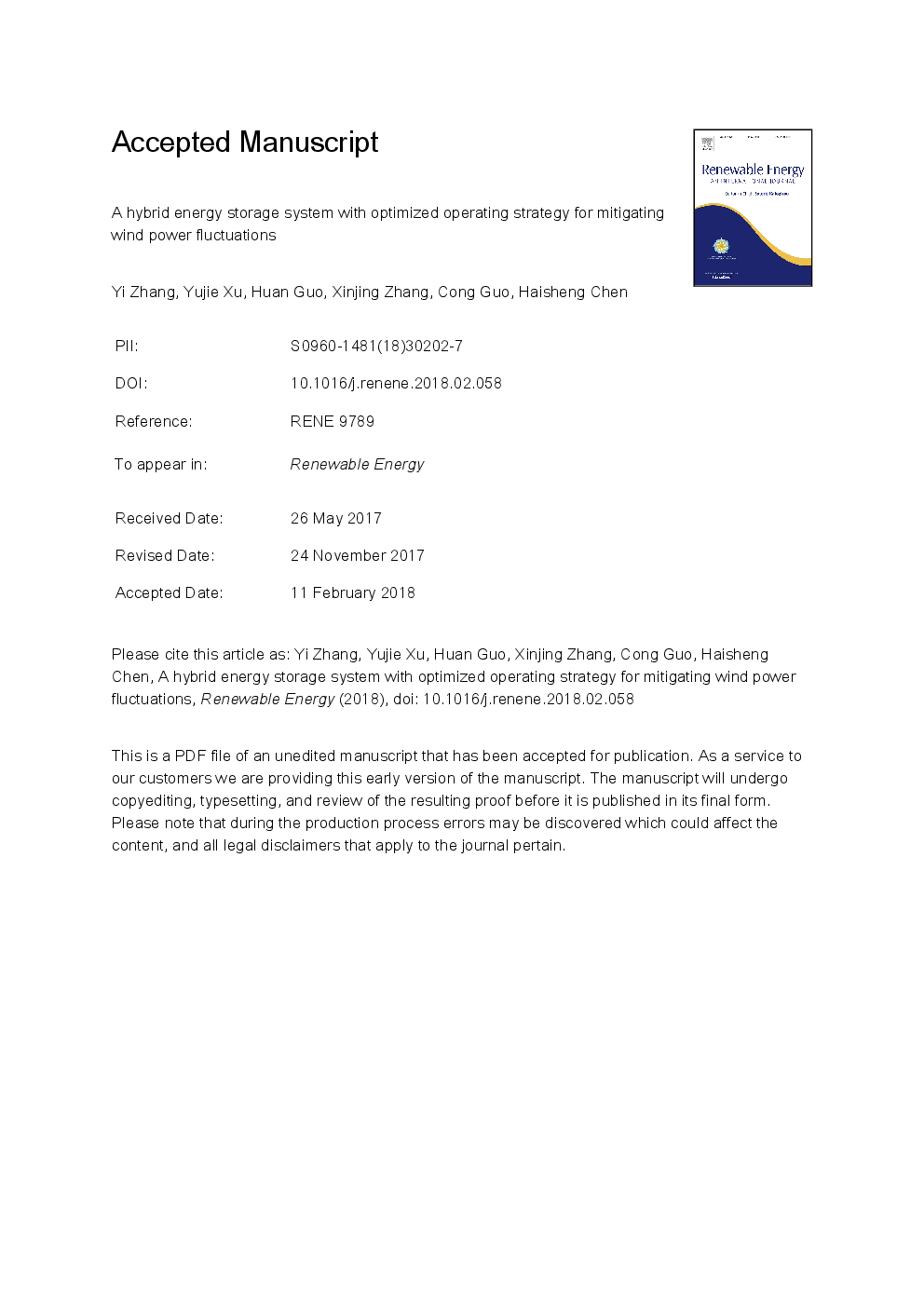ترجمه فارسی عنوان مقاله
یک سیستم ذخیره سازی انرژی ترکیبی با استراتژی عملیاتی بهینه برای کاهش نوسانات انرژی باد
عنوان انگلیسی
A hybrid energy storage system with optimized operating strategy for mitigating wind power fluctuations
| کد مقاله | سال انتشار | تعداد صفحات مقاله انگلیسی |
|---|---|---|
| 145458 | 2018 | 26 صفحه PDF |
منبع

Publisher : Elsevier - Science Direct (الزویر - ساینس دایرکت)
Journal : Renewable Energy, Volume 125, September 2018, Pages 121-132
ترجمه کلمات کلیدی
قدرت باد، ذخیره انرژی فشرده، ذخیره انرژی فلاویل، طراحی بهینه، نرخ تورم قدرت باد،
کلمات کلیدی انگلیسی
Wind power; Compressed air energy storage; Flywheel energy storage; Optimum design; Wind power rejection rate;

